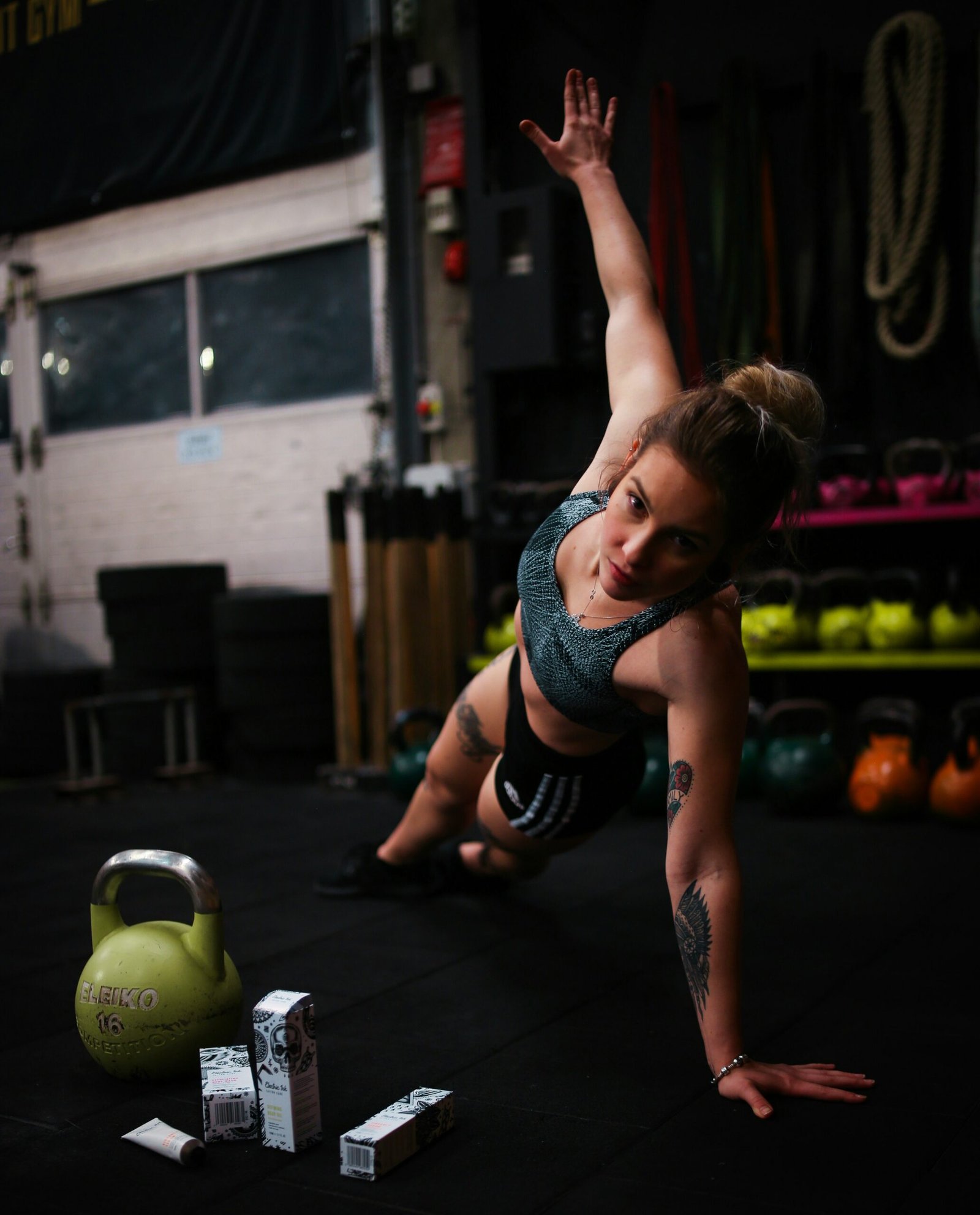Embarking on a journey to strengthen your chest and shoulders is not just about physical appearance; it’s about enhancing your overall well-being. These muscle groups play a crucial role in everyday activities, from lifting groceries to maintaining posture while sitting at your desk. By incorporating targeted exercises into your routine, you can improve both strength and functionality.
1. Benefits of Chest and Shoulder Workouts
Engaging in regular chest and shoulder workouts offers a myriad of benefits beyond aesthetics. Strengthening these muscle groups can enhance upper body stability, reduce the risk of injury, and improve posture. Additionally, a well-developed chest and shoulder region can contribute to overall symmetry and balance in your physique.
2. Basic Anatomy
Before diving into specific exercises, it’s essential to understand the basic anatomy of the chest and shoulders. The chest muscles, primarily the pectoralis major and minor, are responsible for movements such as pushing and pressing. On the other hand, the shoulder comprises several muscles, including the deltoids, which facilitate arm movements in multiple directions.
3. Essential Equipment
You don’t need fancy gym equipment to effectively target your chest and shoulders. Basic equipment such as dumbbells, resistance bands, and a stable surface (like a bench) can suffice. Bodyweight exercises also offer a fantastic way to strengthen these muscle groups without the need for additional equipment.
4. Warm-Up Exercises
Before diving into your workout, it’s crucial to warm up properly to prevent injury and optimize performance. Dynamic stretches, arm circles, and light cardio activities like jumping jacks or jogging in place can help increase blood flow and prepare your muscles for the upcoming workout.
5. Chest Workouts
Bench Press
The bench press is a classic chest exercise that targets the pectoralis major, deltoids, and triceps. Start with a comfortable weight, grip the barbell or dumbbells firmly, and lower them towards your chest while maintaining control. Push the weight back up to the starting position, focusing on squeezing your chest muscles at the top.
Push-Ups
Push-ups are a versatile bodyweight exercise that engages the chest, shoulders, and core. Start by getting into a plank position, making sure your hands are a bit wider than your shoulders. Lower yourself down until your chest is close to the ground, then push yourself back up to the starting position. Remember to keep your core tight the whole time to keep your form right.
6. Shoulder Workouts
Overhead Press
The overhead press targets the deltoid muscles and is excellent for building shoulder strength and stability. Stand with your feet shoulder-width apart, grip the weights (dumbbells or a barbell) at shoulder height, and press them overhead until your arms are fully extended. Lower the weights in a controlled manner and then repeat the movement.
Lateral Raises
Lateral raises isolate the side delts, helping to create rounded shoulder definition. Hold one dumbbell in each hand at your sides, with your palms facing towards your body. With a slight bend in your elbows, raise the weights out to the sides until they reach shoulder height. Lower the weights back down gradually and then repeat the motion for the desired number of reps.
7. Tips for Maximizing Results
- Maintain Proper Form: Focus on performing each exercise with proper technique to maximize effectiveness and reduce the risk of injury.
- Progressive Overload: Gradually increase the weight or resistance as your strength improves to continue challenging your muscles.
-
8. Common Mistakes to Avoid
- Overarching the Back: Maintain a neutral spine during chest exercises to avoid excessive strain on the lower back.
- Ignoring Shoulder Mobility: Incorporate mobility exercises to improve shoulder flexibility and reduce the risk of injury.
- Neglecting Recovery: Allow adequate time for rest and recovery between workouts to prevent overtraining and promote muscle growth.
9. Recovery and Rest
Don’t underestimate the importance of rest and recovery in your fitness journey. Adequate sleep, proper nutrition, and active recovery techniques such as foam rolling can help your muscles repair and grow stronger.
Conclusion
Incorporating chest and shoulder workouts into your fitness routine can yield significant benefits, both in terms of strength and overall well-being. By targeting these muscle groups with effective exercises and maintaining consistency, you can sculpt a strong, balanced upper body that supports you in your daily activities and fitness pursuits.
Frequently Asked Questions (FAQs)
Q1: How often should I do chest and shoulder workouts?
A1: Aim for 2-3 sessions per week, allowing at least 48 hours of rest between workouts to allow for muscle recovery and growth.
Q2: Can I do chest and shoulder workouts on the same day?
A2: Yes, but ensure you vary your exercises and prioritize proper form to prevent overloading the muscles.
Q3: Is it necessary to use heavy weights for chest and shoulder workouts?
A3: Not necessarily. Focus on using weights that allow you to perform exercises with proper form and control, gradually increasing resistance as you progress.
Q4: How long should a chest and shoulder workout last?
A4: A typical workout can range from 30 to 60 minutes, depending on the intensity and exercises included.
Q5: Are there alternatives to traditional chest and shoulder exercises?
A5: Absolutely! Experiment with different variations, equipment, and bodyweight exercises to keep your workouts engaging and effective.










